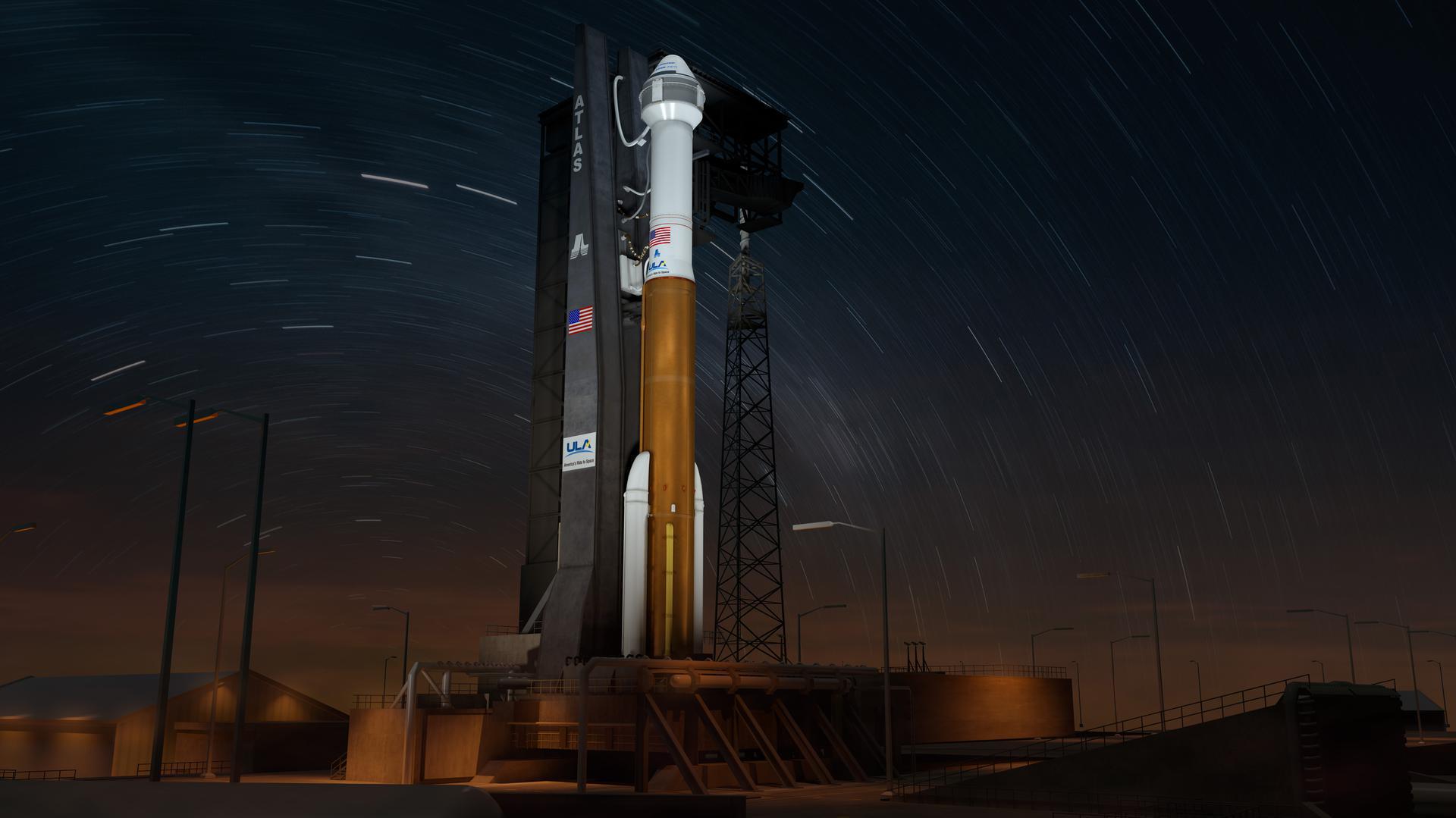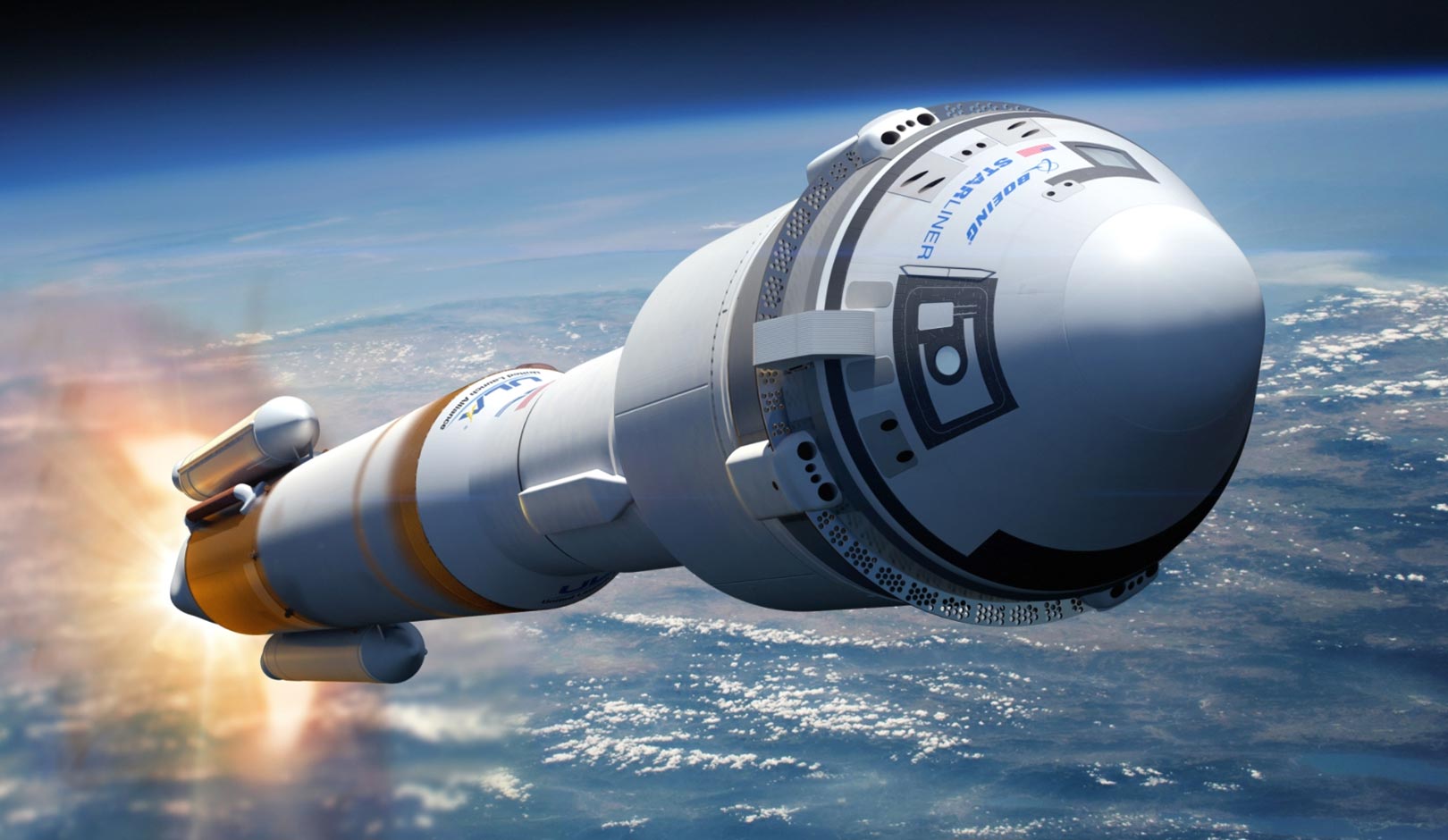Launch Timeline and Key Milestones: Starliner Launch Livestream

Starliner launch livestream – The launch of the Starliner spacecraft is a complex and time-sensitive process involving several critical stages. Understanding the launch timeline and key milestones provides insights into the intricate orchestration required for a successful mission.
The much-anticipated Starliner launch livestream captivated viewers worldwide, but the day was not without its unexpected moments. As the countdown commenced, news broke that actor Alec Baldwin had been involved in an on-set shooting incident. The somber news cast a shadow over the launch, reminding us of the fragility of life and the unpredictable nature of events.
However, as the Starliner soared into the sky, it symbolized hope and perseverance, offering a glimmer of optimism amidst the day’s complexities.
The launch timeline can be broadly divided into the following phases:
Pre-Launch Preparations
- T-48 hours: Final spacecraft and launch vehicle checks
- T-24 hours: Propellant loading and system activation
- T-12 hours: Crew boarding and hatch closure
Liftoff and Ascent, Starliner launch livestream
- T-0: Liftoff and initiation of ascent
- T+2 minutes: Max Q (maximum aerodynamic pressure)
- T+8 minutes: Fairing separation
- T+12 minutes: First stage separation
- T+15 minutes: Second stage ignition
Orbital Insertion
- T+25 minutes: Second stage separation
- T+30 minutes: Orbital insertion burn
- T+35 minutes: Spacecraft in stable orbit
Mission Objectives and Significance

The Starliner mission embarks on a groundbreaking journey with a multitude of objectives, ranging from scientific advancements to technological milestones. Its primary goal is to demonstrate the spacecraft’s ability to safely transport astronauts to and from the International Space Station (ISS), paving the way for future human spaceflight endeavors.
The mission aims to validate the Starliner’s systems, including its launch, docking, and re-entry capabilities. It will also conduct scientific experiments and technology demonstrations to further our understanding of space and advance space exploration technologies.
Scientific and Technological Advancements
The Starliner mission will carry a suite of scientific experiments designed to investigate various aspects of space, including the effects of microgravity on human physiology and the behavior of materials in space. These experiments will contribute valuable data to support future long-duration space missions and the development of new technologies for space exploration.
The mission will also test and demonstrate new technologies, such as the Starliner’s advanced avionics and guidance systems, which are designed to enhance safety and efficiency during spaceflight. These advancements will pave the way for future spacecraft designs and capabilities.
Broader Significance
Beyond its specific objectives, the Starliner mission holds broader significance for space exploration and human spaceflight. It represents a crucial step towards establishing a sustainable human presence in space, enabling future missions to the Moon, Mars, and beyond.
The success of the Starliner mission will not only demonstrate the viability of commercial human spaceflight but also inspire a new generation of scientists, engineers, and space enthusiasts. It will ignite our collective imagination and fuel our aspirations for the future of space exploration.
Brief History and Context
The Starliner program was initiated by NASA in 2014 as part of the Commercial Crew Program, which aims to develop and utilize commercial spacecraft for human spaceflight to the ISS. Boeing, a leading aerospace company, was selected to design, develop, and operate the Starliner spacecraft.
After years of development and testing, the Starliner is now ready for its first crewed mission, which is scheduled to launch in the near future. This mission will be a significant milestone in the history of space exploration and a testament to the advancements made in commercial human spaceflight.
Technical Details and Innovations

The Boeing Starliner is a spacecraft designed for transporting crew and cargo to and from low Earth orbit. It features an innovative design, advanced systems, and incorporates cutting-edge technologies to enhance mission safety, reliability, and efficiency.
The Starliner is equipped with a service module that provides propulsion, power, and life support for the crew. The crew module, which houses the astronauts, is equipped with state-of-the-art avionics, displays, and controls. The spacecraft also features a docking system for connecting to the International Space Station (ISS) and other spacecraft in orbit.
Innovative Technologies and Engineering Advancements
The Starliner incorporates several innovative technologies and engineering advancements to enhance its capabilities and performance. These include:
- Advanced Avionics System: The Starliner’s avionics system utilizes artificial intelligence (AI) and machine learning algorithms to monitor the spacecraft’s health, detect anomalies, and make autonomous decisions during flight.
- Electric Propulsion System: The Starliner utilizes an electric propulsion system for maneuvering and station-keeping in orbit. This system provides greater efficiency and precision compared to traditional chemical propulsion systems.
- Reusable Crew Module: The Starliner’s crew module is designed to be reusable, allowing for multiple missions without the need for major overhauls or replacements.
Technical Specifications and Performance Data
The following table provides technical specifications and performance data for the Boeing Starliner:
| Parameter | Value |
|---|---|
| Crew Capacity | Up to 7 astronauts |
| Cargo Capacity | Up to 6,000 lbs |
| Length | 17.8 ft (5.4 m) |
| Diameter | 15.5 ft (4.7 m) |
| Mass | 13,000 lbs (5,900 kg) |
| Propulsion | Electric propulsion system |
| Endurance | Up to 6 months in orbit |
Role of Artificial Intelligence and Automation
Artificial intelligence (AI) and automation play a significant role in the operation of the Boeing Starliner. The spacecraft’s advanced avionics system utilizes AI algorithms to monitor its health, detect anomalies, and make autonomous decisions during flight. This enhances mission safety and reduces the workload on the crew.
Additionally, the Starliner’s docking system incorporates AI-powered image recognition technology to assist with precise and automated docking with the ISS and other spacecraft in orbit.
The Starliner launch livestream captured the hearts of space enthusiasts, offering a glimpse into the complexities of space exploration. While the launch itself was a success, the recent buzz surrounding the acolyte rotten has ignited a discussion on the darker side of the entertainment industry.
Nevertheless, the Starliner launch livestream serves as a reminder of the unwavering pursuit of human ingenuity and the captivating nature of space travel.
Starliner launch livestream was postponed due to an unexpected technical issue, but it has now been rescheduled. Meanwhile, we can still delve into the fascinating world of the acolyte osha and explore its rich history and profound significance. As we eagerly await the rescheduled launch, we can also catch up on the latest news and updates regarding the Starliner mission.
The Starliner launch livestream captivated viewers with its groundbreaking mission, showcasing the advancements in space exploration. Yet, as we marvel at this technological triumph, it’s impossible to ignore the echoes of a different headline: Amanda Knox. Her story, once a media sensation, serves as a poignant reminder of the complexities of justice and the enduring impact of wrongful accusations.
Amidst the excitement of the Starliner launch, it’s crucial to reflect on the lessons we’ve learned from such controversies and strive for a world where justice prevails.
The Starliner launch livestream captivated viewers worldwide, showcasing the pinnacle of human ingenuity. As the spacecraft soared into the cosmos, a parallel celestial event unfolded on the streaming platform Rotten Tomatoes , where critics and audiences alike eagerly anticipated the arrival of “The Acolyte,” a highly anticipated Star Wars prequel series.
The interconnectedness of these two events underscored the boundless possibilities of human creativity, both in the realm of space exploration and the world of entertainment.